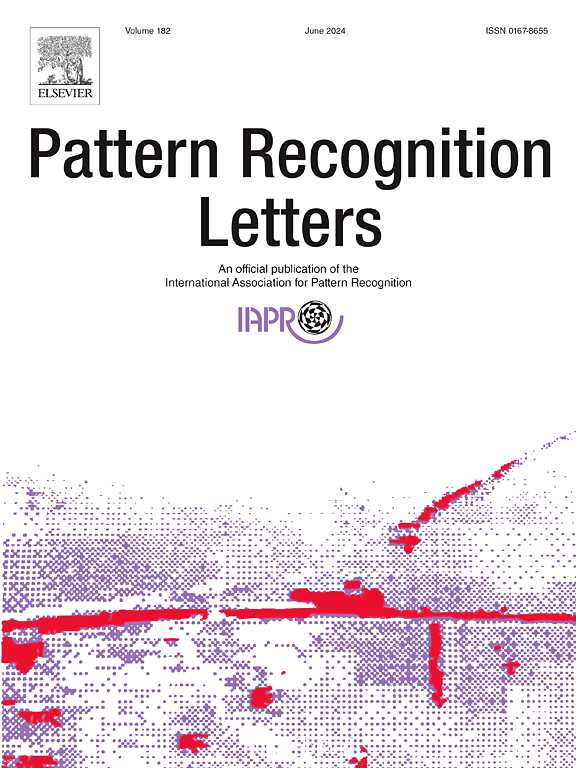广义零次学习的属性对齐网络
IF 3.3
3区 计算机科学
Q2 COMPUTER SCIENCE, ARTIFICIAL INTELLIGENCE
引用次数: 0
摘要
带有注意机制的基于部分的嵌入方法在零次学习(zero-shot learning, ZSL)中取得了优异的成绩。然而,受数据集类内差异(即同一类的不同样本呈现不同的属性特征)的影响,基于传统注意力机制的模型难以实现准确的视觉-属性对齐。为了解决这个问题,我们提出了一种新的方法来充分利用属性信息,称为属性对齐网络(AAN)。它由属性对齐(AA)管道和属性增强(AE)模块组成。AA管道是基于部件的嵌入方法的一种全新解决方案,它在类属性向量和属性词向量的监督下,分别实现了属性空间和属性语义空间的视觉属性对齐。AE模块采用图形神经网络(Graph Neural Networks, gnn)将视觉特征投影到属性语义空间。AE模块基于构建的属性关系图(attribute relation graph, ARG)和自关注机制,生成增强的属性表示,最大限度地减少类内变化的影响。在标准数据集上的实验表明,增强的属性表示大大提高了分类性能。总体而言,AAN在ZSL和GZSL任务中优于其他最先进的性能。本文章由计算机程序翻译,如有差异,请以英文原文为准。
Attribute alignment networks for generalized zero-shot learning
Part-based embedding methods with attention mechanism achieved outstanding results in zero-shot learning (ZSL). However, affected by intra-class variations in the datasets (i.e., different samples of the same class present different attribute characteristics), it is difficult for models based on traditional attention mechanisms to achieve accurate visual-attribute alignment. To tackle this problem, we propose a novel approach to fully utilize attributes information, referred to as attribute alignment networks (AAN). It consists of the attribute alignment (AA) pipeline and the attribute enhancement (AE) module. AA pipeline is a brand-new solution for part-based embedding method, which realizes visual-attribute alignment in both attribute space and attribute semantic space under the supervision of class attribute vectors and attribute word vectors, respectively. AE module employs the Graph Neural Networks (GNNs) to project visual features to the attribute semantic space. Based on the constructed attribute relation graph (ARG) and self-attention mechanism, AE module generates the enhanced representation of attributes to minimize the influence of intra-class variations. Experiments on standard datasets demonstrate that the enhanced attribute representation greatly improves the classification performance. Overall, AAN outperforms the other state-of-the-art performances in ZSL and GZSL tasks.
求助全文
通过发布文献求助,成功后即可免费获取论文全文。
去求助
来源期刊

Pattern Recognition Letters
工程技术-计算机:人工智能
CiteScore
12.40
自引率
5.90%
发文量
287
审稿时长
9.1 months
期刊介绍:
Pattern Recognition Letters aims at rapid publication of concise articles of a broad interest in pattern recognition.
Subject areas include all the current fields of interest represented by the Technical Committees of the International Association of Pattern Recognition, and other developing themes involving learning and recognition.
 求助内容:
求助内容: 应助结果提醒方式:
应助结果提醒方式:


